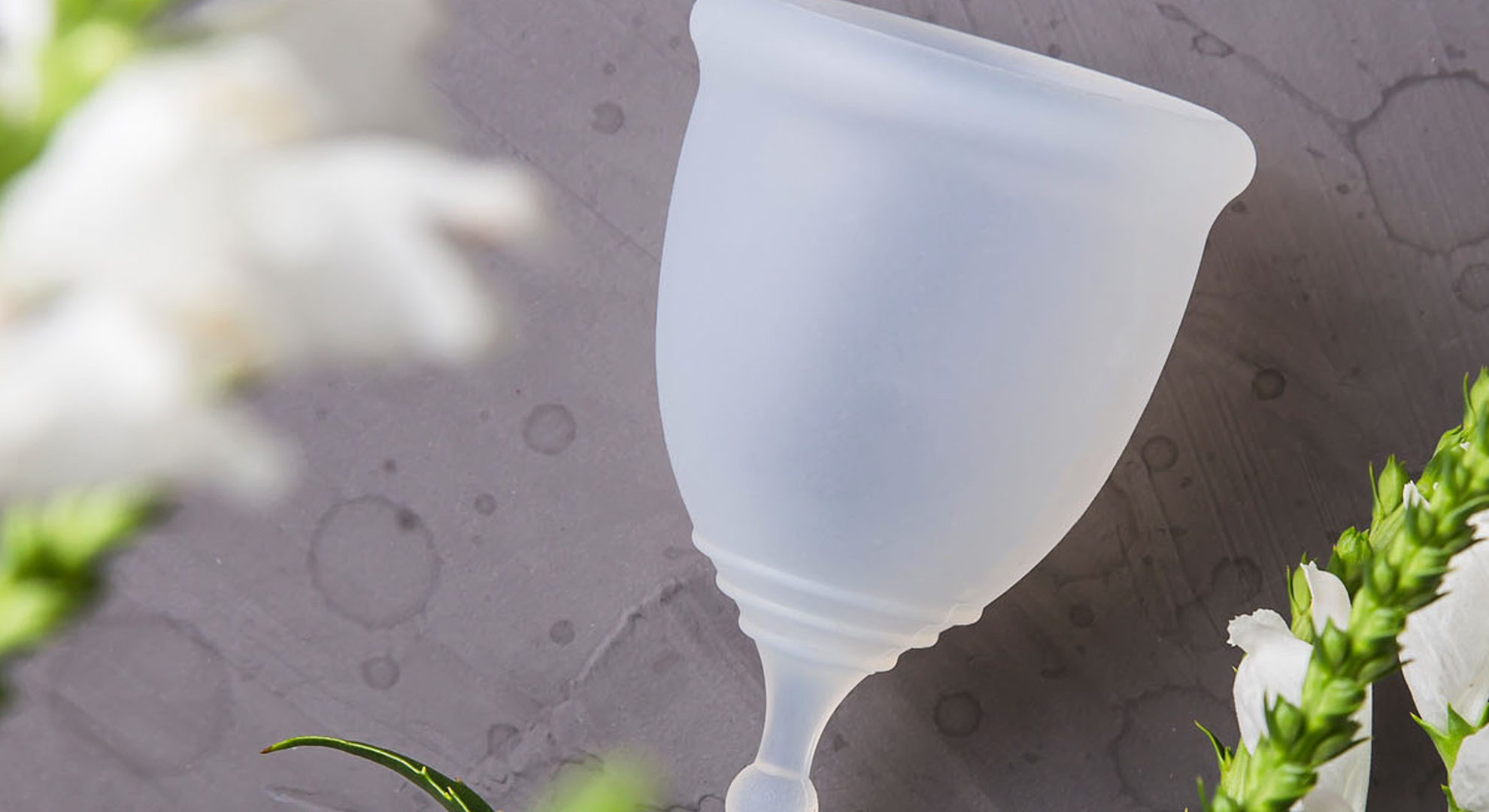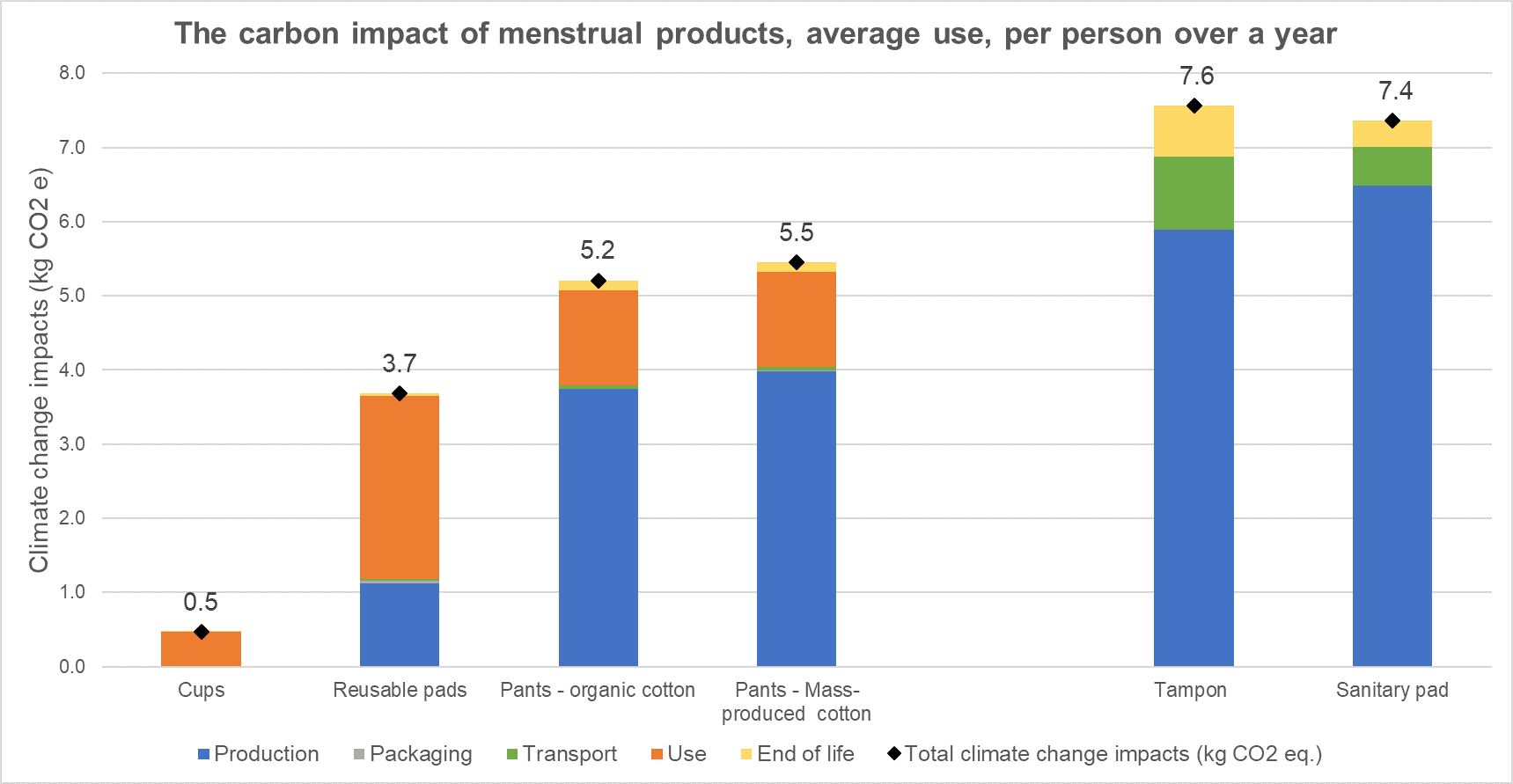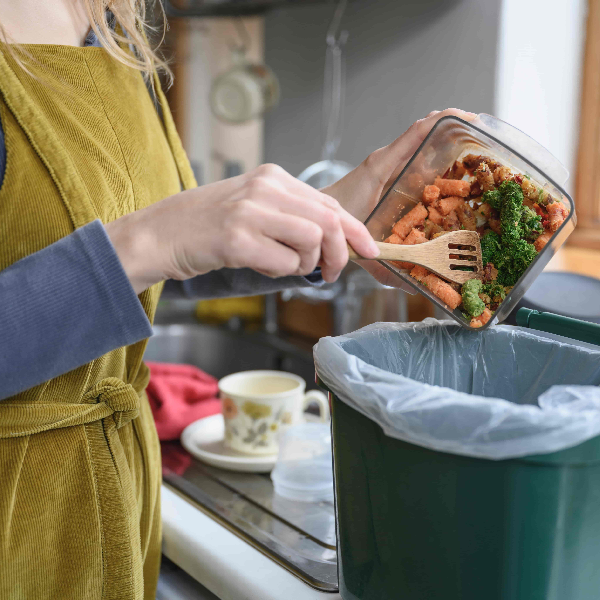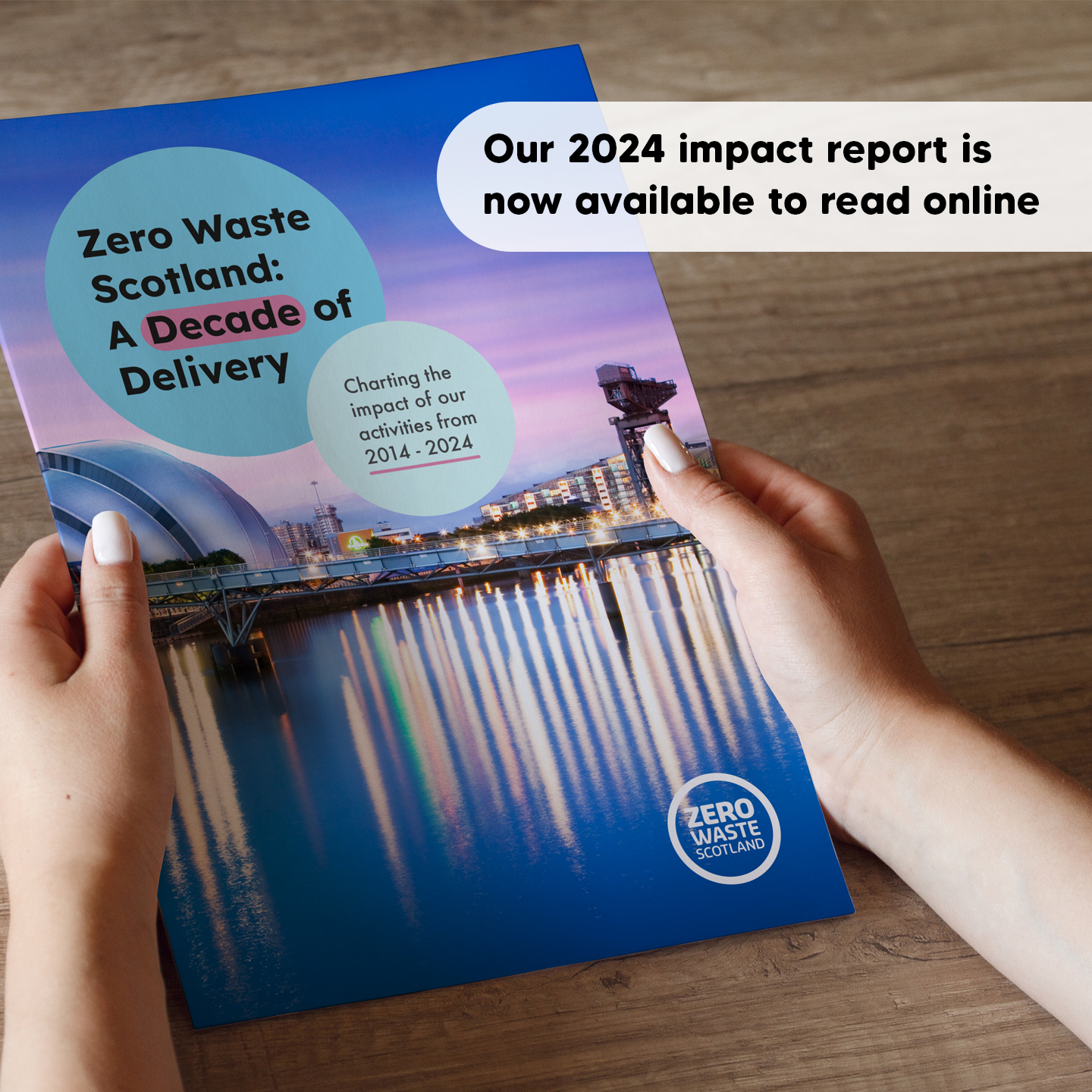
The carbon impacts of menstrual products
In November 2019, Zero Waste Scotland launched the Trial Period campaign to encourage wider use of reusable menstrual products.
Like all our work, the campaign was informed by environmental evidence and analysis. This document explains how the carbon impacts of different menstrual products were calculated using the principles of Life Cycle Analysis and generalising assumptions to fill data gaps where necessary.
The analysis compared different menstrual products based on the average requirements of a woman in the UK over the course of a year. Some of the key data requirements that affect the results are the lifetime of each product[1], the number of products required per cycle[2], the materials composition of the products and their packaging[3] and the carbon impacts of all materials and energy use[4]. All products except menstrual cups, were assumed to be made in and transported from Germany. Menstrual cups are usually made in China, as was assumed in this analysis. The use phase for reusable products included the impacts of washing pads and pants each day in a washing machine at 30⁰C. Cups were assumed to be rinsed after each use and sterilised once a month.
The results show annual carbon impact of reusable products are lower than those of single use options. The production phase is a significant part of the overall impacts for most products, although for reusable products, cleaning is also important. A woman switching from tampons to menstrual cups would have 16 times less carbon impact, saving 7 kgCO2e over a year.

- [1] ZWS survey
- [2] NHS (2019) Periods and fertility in the menstrual cycle
- [3] Leroy et al. (2016) Which hygiene products for which continent?
- [4] Mainly EcoInvent, Version 3 (2018)







